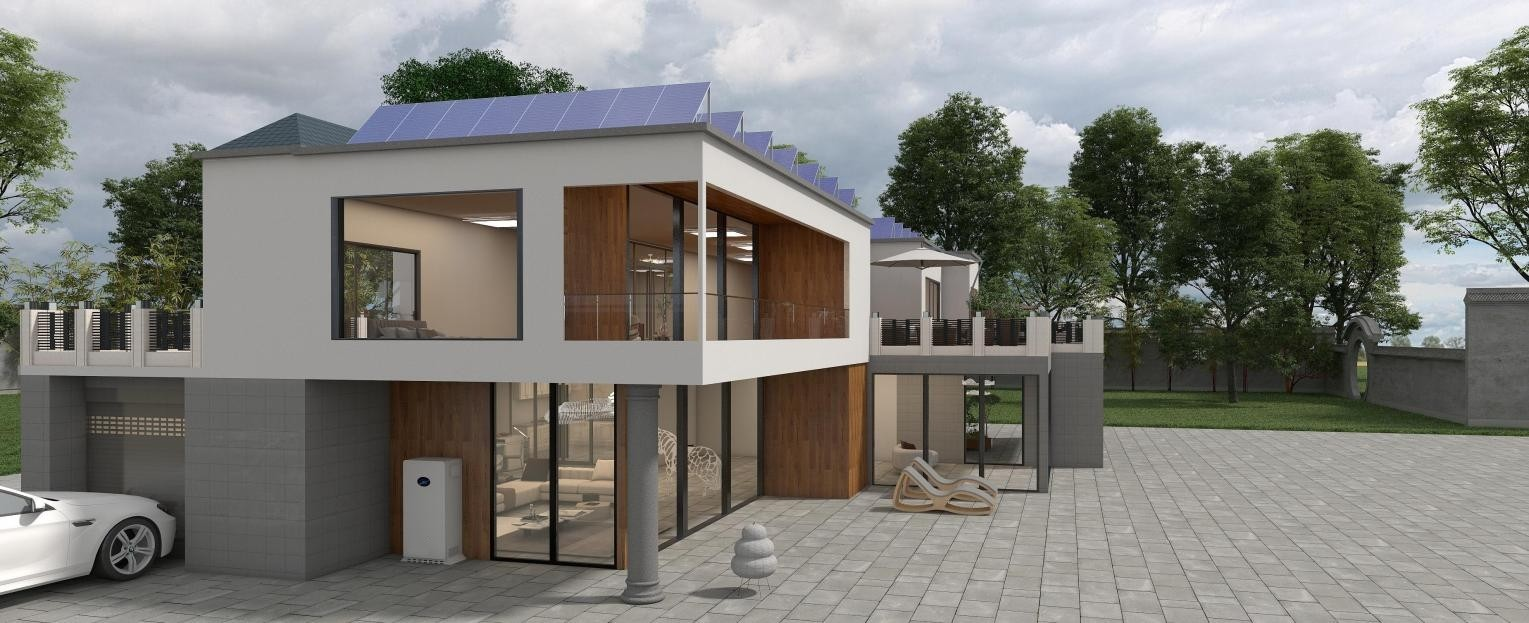Technical Characteristics of Home Energy Storage Battery
The increasing energy prices in Europe has not only led to a boom in the distributed rooftop PV market, but also driven a massive growth in home battery energy storage systems. The report of European Market Outlook for Residential Battery Storage 2022-2026 published by SolarPower Europe (SPE) finds that in 2021, around 250,000 battery energy storage systems were installed to support European residential solar energy systems. The European home battery energy storage market in 2021 reached 2.3GWh. Among that, Germany has the largest market share, accounting for 59%, and the new energy storage capacity is 1.3GWh with an annual growth rate of 81%.
It is expected that by the end of 2026, the total installed capacity of home energy storage systems will increase by more than 300% to reach 32.2GWh, and the number of families with PV energy storage systems will reach 3.9 million.
In the home energy storage system, energy storage battery is one of the key components. At present, lithium-ion batteries occupy a very important market position in the field of home energy storage batteries due to their significant characteristics such as small size, light weight and long service life.
In the current industrialized lithium-ion battery system, it is divided into ternary lithium battery, lithium manganate battery and lithium iron phosphate battery according to the positive electrode material. Considering safety performance, cycle life and other performance parameters, lithium iron phosphate batteries are currently the mainstream in home energy storage batteries. For household lithium iron phosphate batteries, the main features include the following:
- good safety performance. In the application scenario of home energy storage battery, safety performance is very important. Compared with ternary lithium battery, lithium iron phosphate battery’s rated voltage is low, only 3.2V, while the material’s thermal decomposition runaway temperature is much higher than 200℃ of the ternary lithium battery, so it shows relatively good safety performance. At the same time, with the further development of battery pack design technology and battery management technology, there’s a plenty of experience and practical application technology in how to fully manage lithium iron phosphate batteries, which has promoted the wide application of lithium iron phosphate batteries in the field of home energy storage.
- a good alternative to lead-acid batteries. For a long time in the past, batteries in the field of energy storage and backup power supply were mainly lead-acid batteries, and the corresponding control systems were designed with reference to the voltage range of lead-acid batteries and became relevant international and domestic standards,. In all lithium-ion battery systems, lithium iron phosphate batteries in series best match modular lead-acid battery output voltage. For example, the operating voltage of 12.8V lithium iron phosphate battery is about 10V to 14.6V, while the effective operating voltage of 12V lead-acid battery is basically between 10.8V and 14.4V.
- Long service life. At present, among all industrialized stationary accumulator battery, lithium iron phosphate batteries have the longest cycle life. From the aspect of individual cell’s life cycles, the lead-acid battery is about 300 times, the ternary lithium battery can reach 1000 times, while lithium iron phosphate battery can exceed 2000 times. With the upgrading of production process, the maturity of lithium replenishment technology, etc., the life circles of lithium iron phosphate batteries can reach more than 5,000 times or even 10,000 times. For home energy storage battery products, although the number of cycles will be sacrificed to a certain extent (also existing in other battery systems) by increasing the number of individual cells through connection in series (sometimes in parallel), the shortcomings of multi-series and multi-parallel batteries will be remediated through the optimization of pairing technology, product design, heat dissipation technology and battery balance management technology to a large extent to improve the service life.


